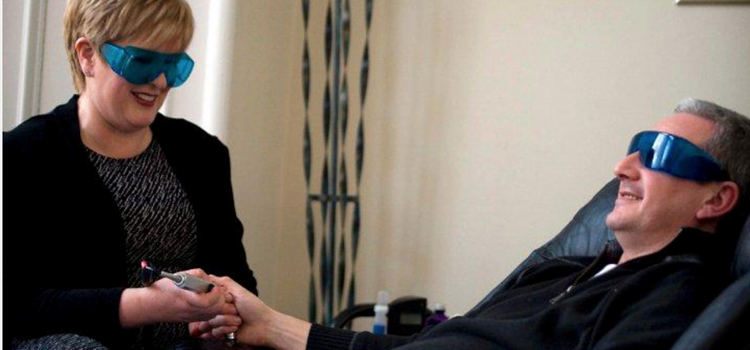You’ve probably thought about measures like nicotine replacement therapy or hypnosis; maybe you’ve tried them already. Either way, there’s another option to consider: laser therapy for smoking cessation.
Cosmetic laser therapy has long been popular for skin rejuvenation, hair removal, reticular vein treatment, and other body beautification procedures. Now, a growing body of medical research suggests that it can treat nicotine addiction and serve as the foundation of evidence-based smoking cessation therapy.
Is laser smoking cessation right for you? Read on for more about its efficacy, how it works, and the benefits of taking the next step sooner rather than later.
Does Laser Smoking Cessation Really Work?
Laser treatments for smoking cessation really do work, according to a growing body of scientific evidence. In multiple studies, patients who used laser for smoking cessation were more likely to successfully stop smoking and more likely to remain smoke free for months or years after treatment.
A 2019 study of a group of smokers in India for a significant reduction in both nicotine cravings and nicotine withdrawal symptoms in the group treated with low-power lasers versus a control group that did not receive laser therapy. The treatment group showed lower levels of nicotine in urine samples and reported fewer instances of headache, irritability, and other withdrawal complications.
Another study also found positive outcomes on smoking behaviors. Despite the small sample size, the study suggests that patients react well to laser therapy for smoking cessation and that laser therapy can reduce nicotine use even in patients that don’t quit entirely.
Quitting Smoking With Low Level Laser Therapy: What to Expect
Laser therapy for smoking cessation uses low-power lasers or LED lights to mimic the physiological effects of smoking.
During the procedure, the provider targets specific points on the body — including the hands, arms, and trunk — with medical-grade lights. This releases endorphins, much like the act of smoking itself, and helps weaken the reward mechanism that sustains nicotine addiction.
Over time, laser smoking therapy also helps maintain consistent endorphin levels within the body. Because low endorphin levels correlate with nicotine cravings, this may help reduce the patient’s desire to smoke for weeks or months after therapy.
Like all medical procedures, laser therapy does have some side effects. Most are mild and temporary, such as skin irritation. Your provider should clearly explain the side effects and risks to you, but don’t hesitate to ask questions if you have any concerns.
Benefits of Nicotine Replacement Therapy: Why Quit Smoking for Good
You’re already aware that quitting smoking has clear health benefits, but let’s briefly review the big ones:
- Quitting smoking reduces your risk of heart disease, one of the biggest causes of premature death according to the Centers for Disease Control and Prevention
- Quitting smoking reduces your risk of lung cancer
- Quitting smoking reduces your risk of chronic obstructive pulmonary disease (COPD) and other forms of lung disease
Ready to quit smoking? Talk to your medical provider about laser smoking cessation therapy at your next appointment.


